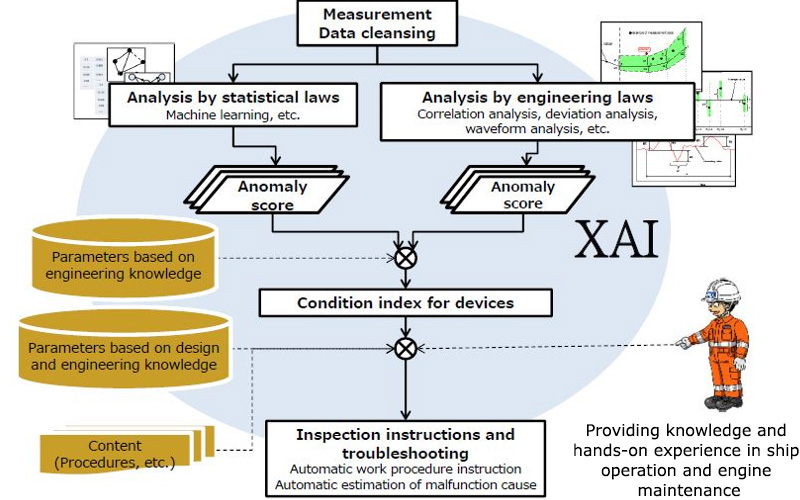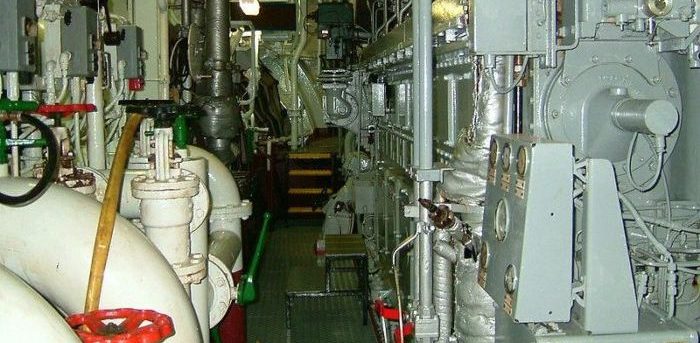Japanese MOL announced an agreement for joint development of the next-generation engine failure sign diagnosis application, in partnership with ClassNK Consulting Service, IHI Power Systems, and Mitsui E&S Machinery.
The four companies will unite to develop a system called “Fleet Guardian,” which encompasses a new implementation of Explainable AI (XAI), the most advanced human-friendly artificial intelligence, fusing from ClassNK’s CMAXS system and MOL’s FOCUS (Fleet Optimal Control Unified System).

Fleet Guardian is expected to eliminate vessel downtime and further improve the level of safe operation by enabling crew members and shore-side staff to share information on a vessel’s engine status in a timely manner.
The goal of the Fleet Guardian project is to establish a system that will improve accuracy and speed of failure sign diagnosis by continually adjusting the results of automatic (sign) diagnosis and actual operational status, while incorporating functions that will contribute to seafarer training and education.
The project team members plan to design CMAXS in a way that makes it easier for seafarers to understand automatic diagnosis results, and helps them gain a deeper knowledge and understanding of the engine every time they use it.
The project aims at zero downtime due to engine failure by establishing a system jointly operated by users and engine manufacturers, by continually improving accuracy of the system itself and by providing seafarers a more comprehensive understanding of changes in engine status.
The move is in line with “ISHIN NEXT – MOL SMART SHIP PROJECT,” which started in November 2016, aiming to apply ICT technology to improve service quality and efficiency.
Under the same project, MOL partnered with SenseTime Japan Ltd. on a new vessel image recognition and recording system, which deploys artificial intelligence (AI) to recognize surrounding vessels. The system recognizes and automatically records vessels with high accuracy using a terminal equipped with a graphic processing unit (GPU) and ultrahigh-resolution cameras.






























































